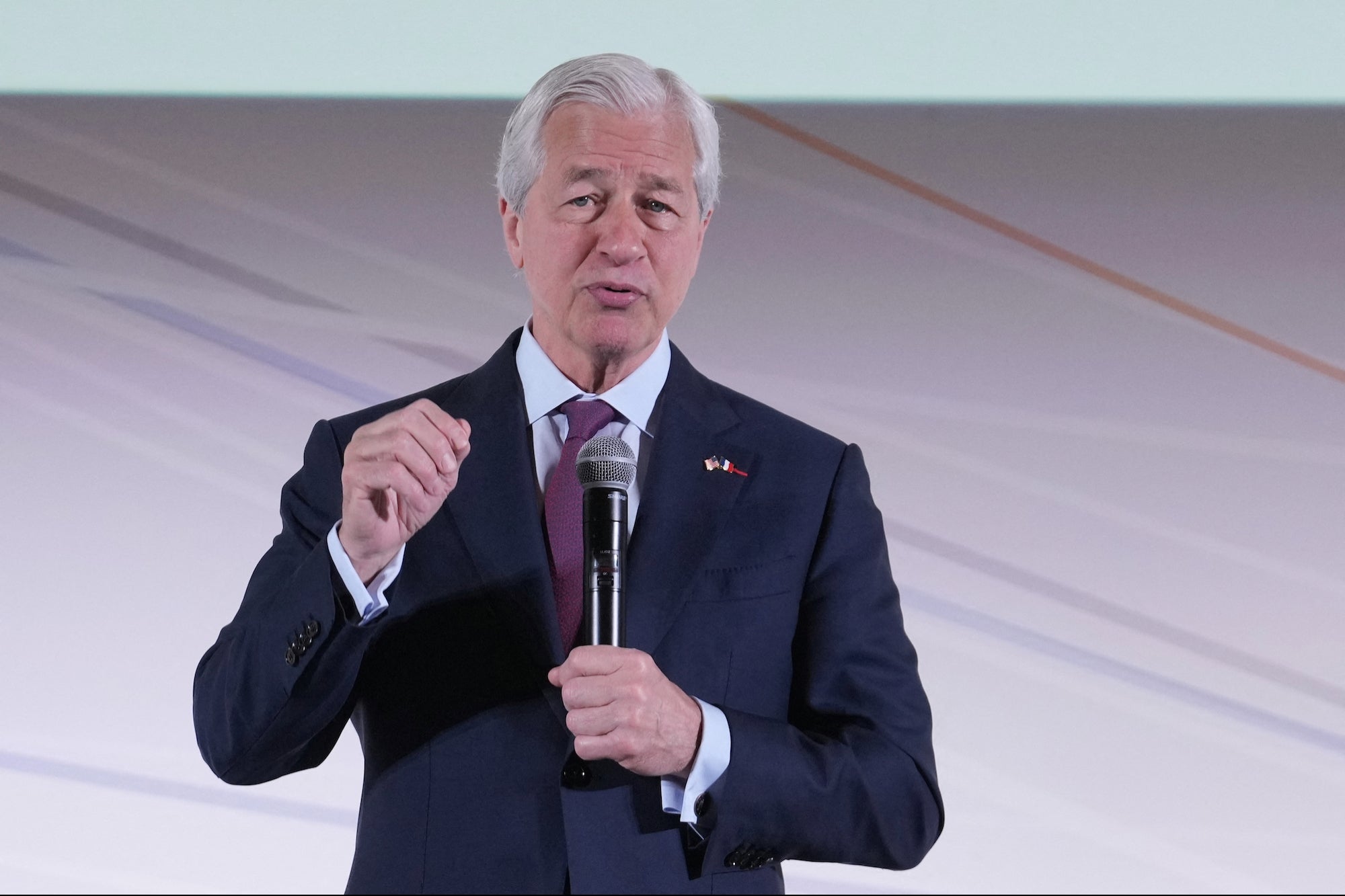Opinions expressed by Entrepreneur contributors are their own.
Recently, I traveled to an event with a handful of Jotform colleagues. The proceedings were livestreamed, but it felt important to go in person, and I’m glad I did. After the day’s presentations concluded, attendees drifted up to the rooftop where appetizers were being served by bow-tied staff and spontaneous conversations began organically and flowed naturally.
I’m not an especially outgoing person, but even an introvert like me could plainly see the benefits of spending time with my colleagues in person, outside the office. While I couldn’t quantify the exact value in ROIs or KPIs, the opportunity to talk in a relaxed environment became the perfect setting to workshop ideas, ask deeper questions and connect in ways that structured meetings rarely allow. We came away inspired, aligned and re-energized — not because of anything formal, but because of the rare opportunity to simply be present.
Technology has fundamentally transformed how we communicate and collaborate, and it’s tempting to believe that faster tools automatically mean better outcomes. But in the push for optimization, we also risk losing something essential: real human connection.
To be clear, I absolutely believe in the power of automation. It frees us up from work that depletes us, making space for what really matters. But I also know that going too far down the rabbit hole risks creating distance between ourselves and our teams. That’s why, especially in the age of AI, spending time with your employees isn’t just a nice-to-have — it’s a critical part of leading well.
Related: How to Keep Teams Connected When We’re Apart
The cost of over-delegating to machines
There’s no question that automation has made our lives easier. AI-powered schedulers handle meetings with a few clicks. Smart inbox tools prioritize what needs your attention. Assistants draft responses, summarize threads and even flag trends in team behavior. I use all of these tools, and think everyone else should, too.
That said, I would never rely on these systems to replace my face-to-face interactions. I chatted recently with another founder who proudly told me he hasn’t interacted with his team in person in months. I tried to hide a cringe.
To me, effective leadership does not mean delegating it away. When we do, leadership risks becoming transactional, and that’s not the way to develop trust or build a healthy workplace culture.
How AI can enhance empathy
Empathy — the ability to understand and share the feelings of another person — is a distinctly human trait. It’s also the cornerstone of effective leadership. A good leader can recognize when someone is feeling overwhelmed, needs encouragement or the time and space to cultivate an idea.
For busy leaders, AI can actually enhance our empathetic abilities. Tools like Affectiva can analyze employee sentiment and surface insights that might otherwise go unnoticed. A sudden dip in engagement scores or a change in tone across messages can signal that something’s off, giving managers a chance to intervene before small issues become major problems.
But as helpful as AI can be in these scenarios, it’s important to remember the word “enhance” is not the same as “replace.”
I like the analogy used by Harvard Business Review contributors Rasmus Hougaard and Jacqueline Carter, who point out that relying only on AI without doing the inner work of human development would be like buying a top-of-the-line Ferrari while ignoring our driving skills. “To get the best from AI, we need to equally invest in the development of our human potential,” they write. “Alone, neither is sufficient. Both are necessary.”
Related: Why Empathy Is One of the Most Overlooked Skills in Business
Your presence is required
No matter how powerful the AI tool, nothing can replace the impact of a present leader. And by “presence,” I don’t mean micromanaging or constantly hovering over your team. It’s about showing up with intention, listening without distractions and asking the follow-up questions that get to the heart of the matter.
Presence builds trust. And trust is what allows teams to take risks, admit mistakes and do their best work. In a world that’s increasingly asynchronous, automated and remote, the leaders who succeed won’t necessarily be the ones who rush to adopt the most sophisticated tools first. They’ll be the ones who make time to connect.
In fact, research finds that such leaders are the ones who are best equipped to successfully implement AI into their operations. As HBR notes, leaders with high awareness, wisdom and compassion tend to be best at contextualizing AI-based strategy shifts, and are able to use AI tools with discernment and care.
As AI takes tasks off your plate, use some of that newly freed-up time to really connect with your teams. That might mean blocking off a few hours each week for impromptu conversations, or dropping a thoughtful comment or compliment in Slack. These things might seem small, but they’re the sort of thing that people remember.
In a time when technology can do more than ever, the most impactful thing you can do as a leader is actually the simplest: Show up. AI is a powerful force, but only a strong leader can guide a company through the big changes on the horizon.
Recently, I traveled to an event with a handful of Jotform colleagues. The proceedings were livestreamed, but it felt important to go in person, and I’m glad I did. After the day’s presentations concluded, attendees drifted up to the rooftop where appetizers were being served by bow-tied staff and spontaneous conversations began organically and flowed naturally.
I’m not an especially outgoing person, but even an introvert like me could plainly see the benefits of spending time with my colleagues in person, outside the office. While I couldn’t quantify the exact value in ROIs or KPIs, the opportunity to talk in a relaxed environment became the perfect setting to workshop ideas, ask deeper questions and connect in ways that structured meetings rarely allow. We came away inspired, aligned and re-energized — not because of anything formal, but because of the rare opportunity to simply be present.
Technology has fundamentally transformed how we communicate and collaborate, and it’s tempting to believe that faster tools automatically mean better outcomes. But in the push for optimization, we also risk losing something essential: real human connection.
The rest of this article is locked.
Join Entrepreneur+ today for access.








